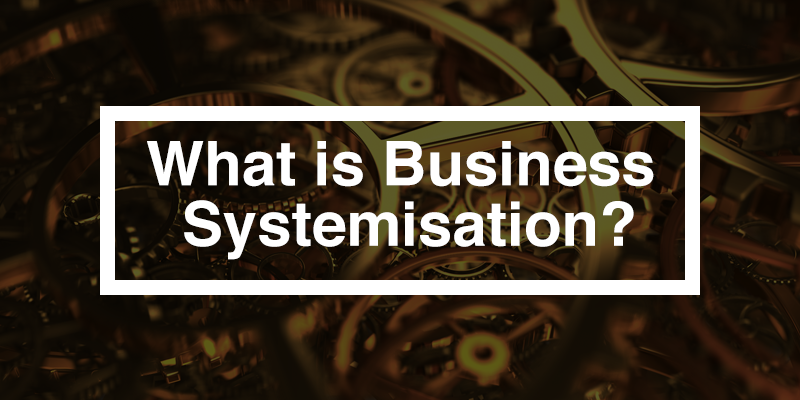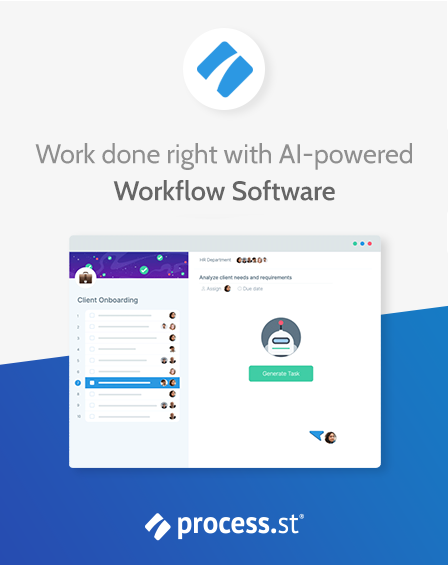
Business systemization gained notoriety from the bestselling book by Michael E. Gerber, published in 1986, The E-Myth – Why most businesses don’t work and what to do about it. In 2011, this groundbreaking book was named the number 1 business book of all time by The Wall Street Journal. In The E-Myth (Entrepreneurial Myth) Gerber explains how businesses are usually started by those who know the content of a business – so-called “Technicians”, people who know how to do the technical work involved in an enterprise – rather than by those who know business itself – so-called “Entrepreneurs” – and why start-ups are therefore by definition prone to failing.
In order for a company or business to thrive, it must move beyond relying on the so-called “Technician” who is now also the company owner. Gerber uses the franchise model to demonstrate how a business does this: Franchises are prototype businesses that are operated in terms of well-documented systems, i.e., there are manuals describing in minute detail how to run the business. Gerber argues that the entrepreneur should spend time creating a business that can run by itself, without the presence of the entrepreneur, and this is achieved through business systemization.
Important business systems
Gerber outlines the three systems that are important for businesses, by making the business processes ever more predictable and consistent: Hard systems are the physical tools that make a company more efficient; soft systems are the methods and practices employed by staff to get the job done, and information systems are those IT processes that gather data about the business and its operations in order to allow for comparison and selection of best practices.
Models of business systemization
The most often quoted example of successful business systemisation is McDonalds, which has over 34 000 restaurants in 119 countries, and where every individual franchise is able to replicate the same standards in products and service offered, regardless of where in the world it is located or who the manager might be. McDonalds and other fast-food franchises have provided a model for successful businesses run according to systems that eliminate the possibility of variance. When you buy a McDonalds franchise, you attend the company’s training program and you are taught how to run a McDonalds restaurant using an operations manual.
The successful entrepreneur or business owner should approach his or her business in the same way: As if it were a franchise. As demonstrated by the franchise model, systemization essentially means that you are replacing yourself with a system. While the system is running your business, you are free to expand the brand or build a second branch, in the same manner as a franchiser.
Today systemization makes more sense than ever
In the more than 25 years since Gerber wrote The E-Myth, there have been great advances in technological development and IT – software programs are today at the center of most business operations such as CRMs, digital calendars, email replacements, office productivity suites, cloud storage and performance management. This is why systemizing your business makes even more sense today than it did back in 1986.
Business systematization will enable you to create repeatable systems to manage the operations of your business, to continuously streamline and improve your business processes, and ultimately to allow your business to thrive and grow.
Would you like a business that is systemised and runs without you? The first thing to do is make the commitment to build your business into something amazing. Systemising a business the right way does take time, the end results are, however, “Life changing” for you and your business.
You’ll need the right tools from the start, these days Word documents or hard copy manuals just don’t cut it. I recommend Process Street. This efficient software saves time and keeps all your processes in one central location and easily shared with your team. You can create a free account at www.process.st
Need some help to get you systems out of your head and fast track the systemization process? Contact Wendy at www.organisingworks.com.au to book in a complimentary 60-minute strategy session.







 Workflows
Workflows Projects
Projects Data Sets
Data Sets Forms
Forms Pages
Pages Automations
Automations Analytics
Analytics Apps
Apps Integrations
Integrations
 Property management
Property management
 Human resources
Human resources
 Customer management
Customer management
 Information technology
Information technology



Wendy Tadokoro
Wendy Tadokoro helps businesses and entrepreneurs to implement high impact strategies, systems and tools to supercharge their personal and business productivity. To find out more visit www.organisingworks.com.au or email [email protected].